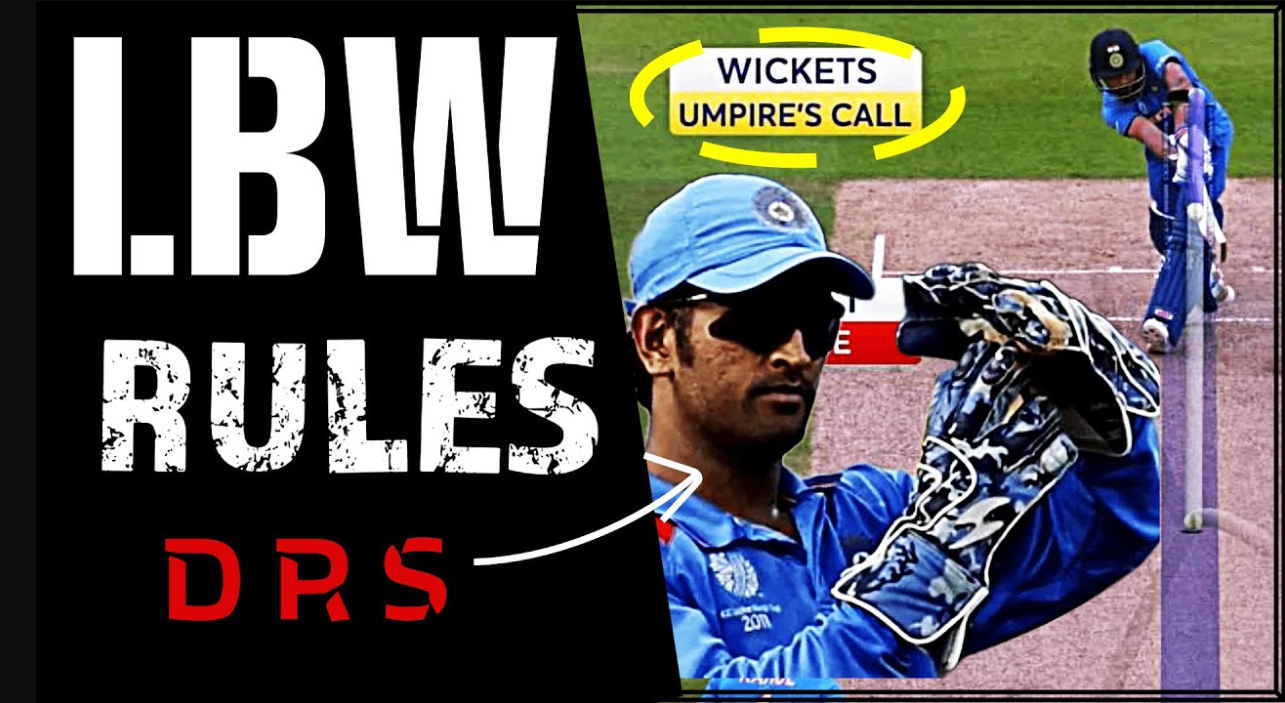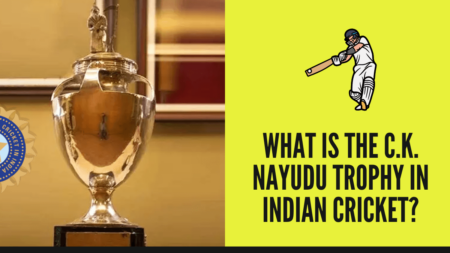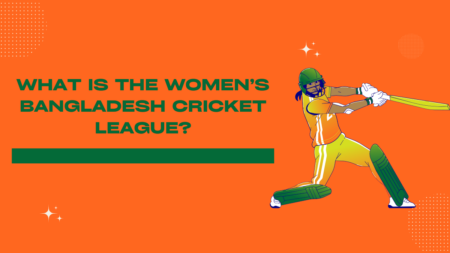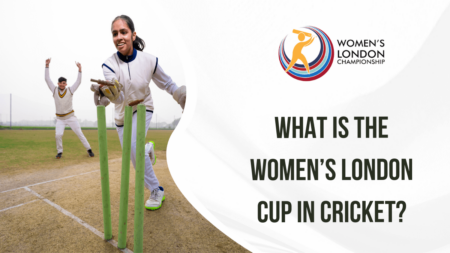

The Decision Review System (DRS) in cricket was introduced in 2008. Its main objective was to improve the decision-making of umpires and thus reduce any bias in the process of making final calls. Since the DRS was posing a threat as one that would replace the on-field umpires, an umpire’s call rule was introduced.
Both teams in cricket are given a certain number of reviews which they can utilize during the course of their innings. These reviews are taken by the team’s fielding captain or the on-field batters when they feel that the decision made by the on-field umpire is incorrect. The umpire’s call comes into action in leg before wicket or caught behind appeals.
When a leg before wicket decision is reviewed, the third umpire checks for involvement of the bat with the help of snickometer, and pitching and trajectory of the ball with ball-tracking systems. If the ball goes on to hit the half of the bails, half of the off-stump or half of the leg-stump, the first decision made by the umpire stands. This is the umpire’s call.
The umpire’s call has been a controversial topic in cricket. It is more often criticized in scenarios when ball tracking shows that the wickets are hitting, but the on-field decision had been not out. This leads to the batter deemed not out as the ball that is hitting the wickets is more than 50% outside the line of the off-stump or the leg-stump or the bails.
Despite its controversial nature, the one element that is in favor of the umpire’s call is that the ball-tracking system does not take the amount of swing or spin on the ball imparted during its projected trajectory. Thus, in such cases a human decision is adjourned over technological shortcoming.
Umpire’s call continues to be used in cricket, with no signs of being removed from the decision-making laws.




